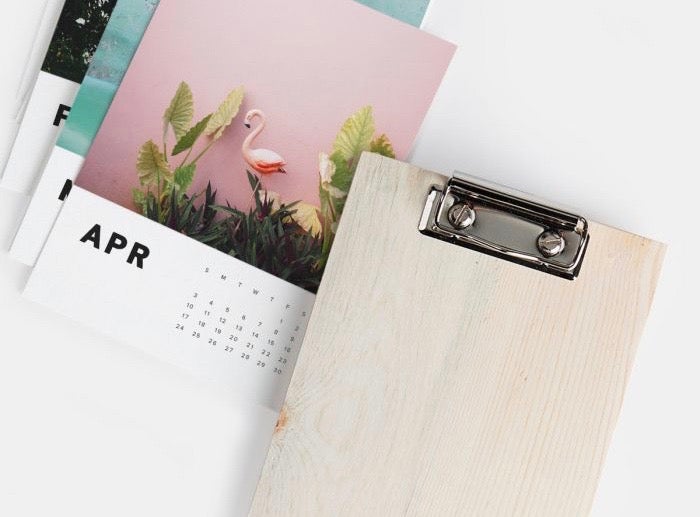Tara Whitney was the first family photographer I saw try it out. She called it an in-between — taking a photo where everything in the frame is intentionally blurry so the photo ends up looking more like a painting. Tara said she was having trouble getting her camera to focus while shooting into backlight, but when she saw the painting-esque image it was resulting in, she switched to manual focus, so she could keep the images blurry on purpose. It was a happy accident she realized she loved — something about photographing the movement of people felt right that way. I liked it too. A lot, actually. Because as photographers, we’re after the truth. Of a family and that person. Of what it looks like to be connected and alive. Of what the deepest feelings of love, but also sometimes, frustration, and challenge — look like.

"It was a happy accident she realized she loved — something about photographing the movement of people felt right that way."
We rely on a form of truth to express what we capture, and the challenge of a photographer becomes capturing it all. Chasing the range of truth, which is often a spectrum of emotion, ends up in a plethora of photos. But what if you want to fit the truth in just one photo? One frame? Sometimes the way to find this is through cheating form and perfection all together. Which brings us back to blurry photos.
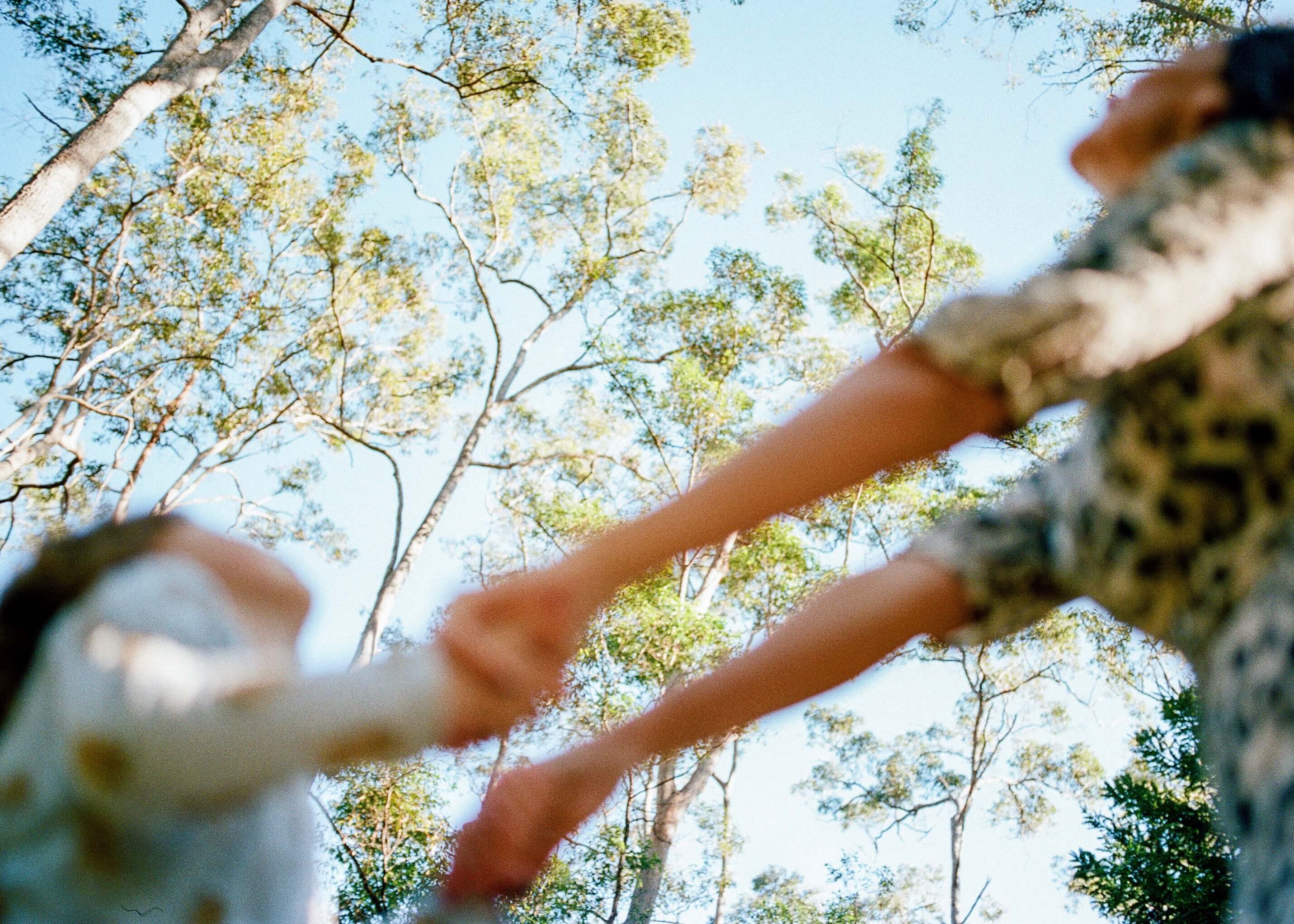
These imperfect photos reject focus, making color and light bleed together like watercolor. Photos like this make us feel something. I know it happens to me, anyway — the almost immediate sense of nostalgia when I see a photo that appears in motion, blurred, and indistinct. What makes these images beautiful? I’ve heard people say it’s because they symbolize our blurry memories: the blur of motherhood, the ineffability of life. I think it’s that, and more. It rejects form and in doing so, it becomes more than one form. It’s a photo and a painting and a poem. And it takes at least a photo and a painting and a poem to hold the complexity of the human experience. The only adequate container of truth synthesizes several forms at once.
"Photos like this make us feel something."
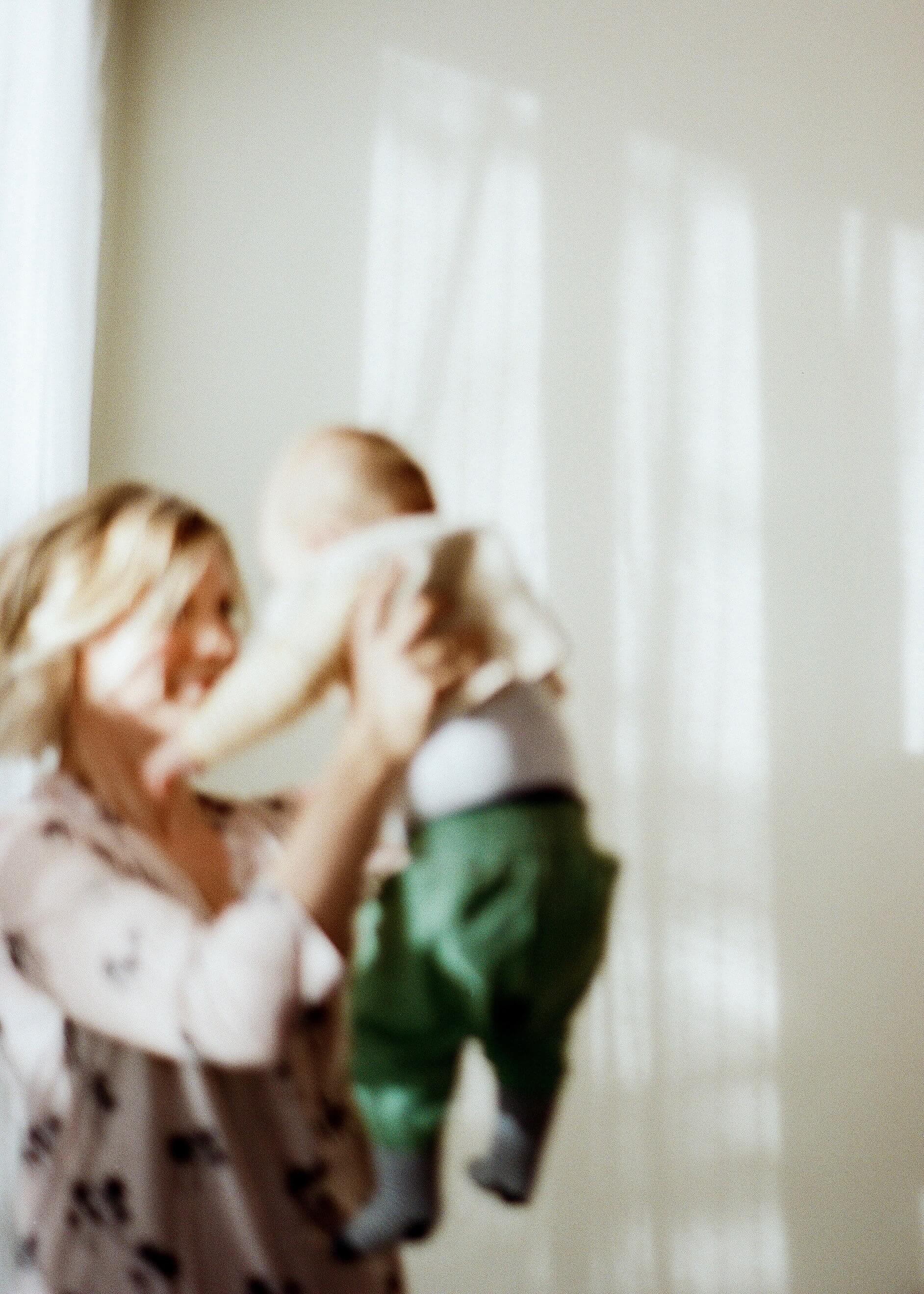
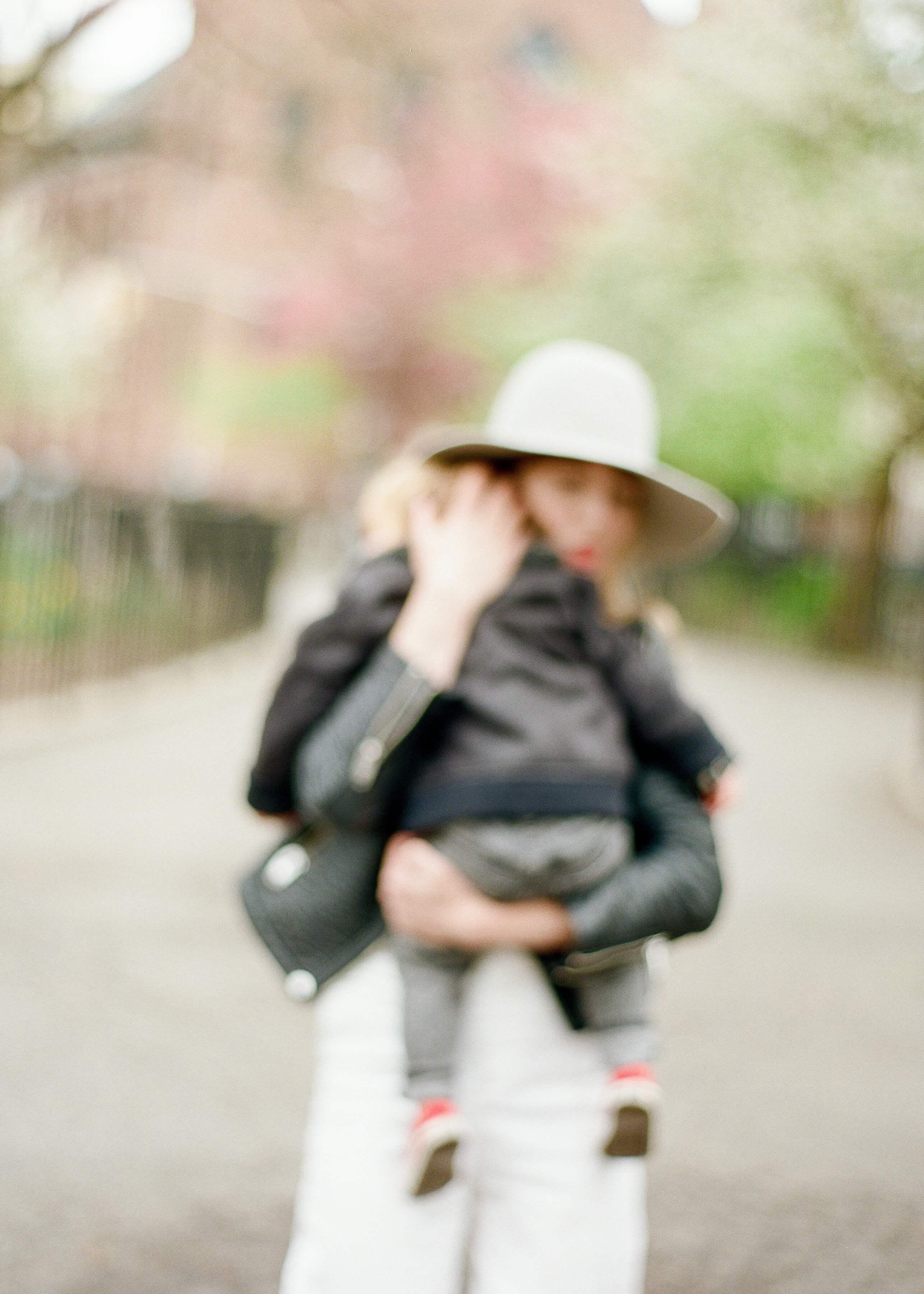
I was a teenager growing up in Boise, Idaho, when I realized what my favorite time of day was. I used to drive my dad’s old stick shift truck down a long country road to get home. The windshield, most always dirty, was the perfect vehicle for light to bounce off dust and make everything look gold. I remember sighing at this swirl of beauty and dirt and motion. It was kinda funny that I liked it so much because I couldn’t actually see very well out of said windshield, but there was something about squinting into the slanted sun, not quite able to make out the lines of the trees and bushes whirling by, that made me feel okay for a second. A calm in the storm. At sixteen, nothing in my life made sense, but something about the hazy gold seemed to make it all hurt less. It took me a long time to trace my love of golden hour to that adolescent-self moment, but in that red truck I felt, for the first time, the essence in me merging with something brighter, something bigger...

After ten years of being a photographer, I can put into words the magic of golden hour. You see... during golden hour, it's much more difficult to see lines and boundaries of things — everything grows soft around the edges as the light wraps around. And when this happens — if we take the time to really feel and notice it — we remember something very important. We remember that however complicated, however flawed, we are also beings of light. Even when it’s confusing. Even when the world is chaos. There is something gold and good inside us. This in itself is truth.
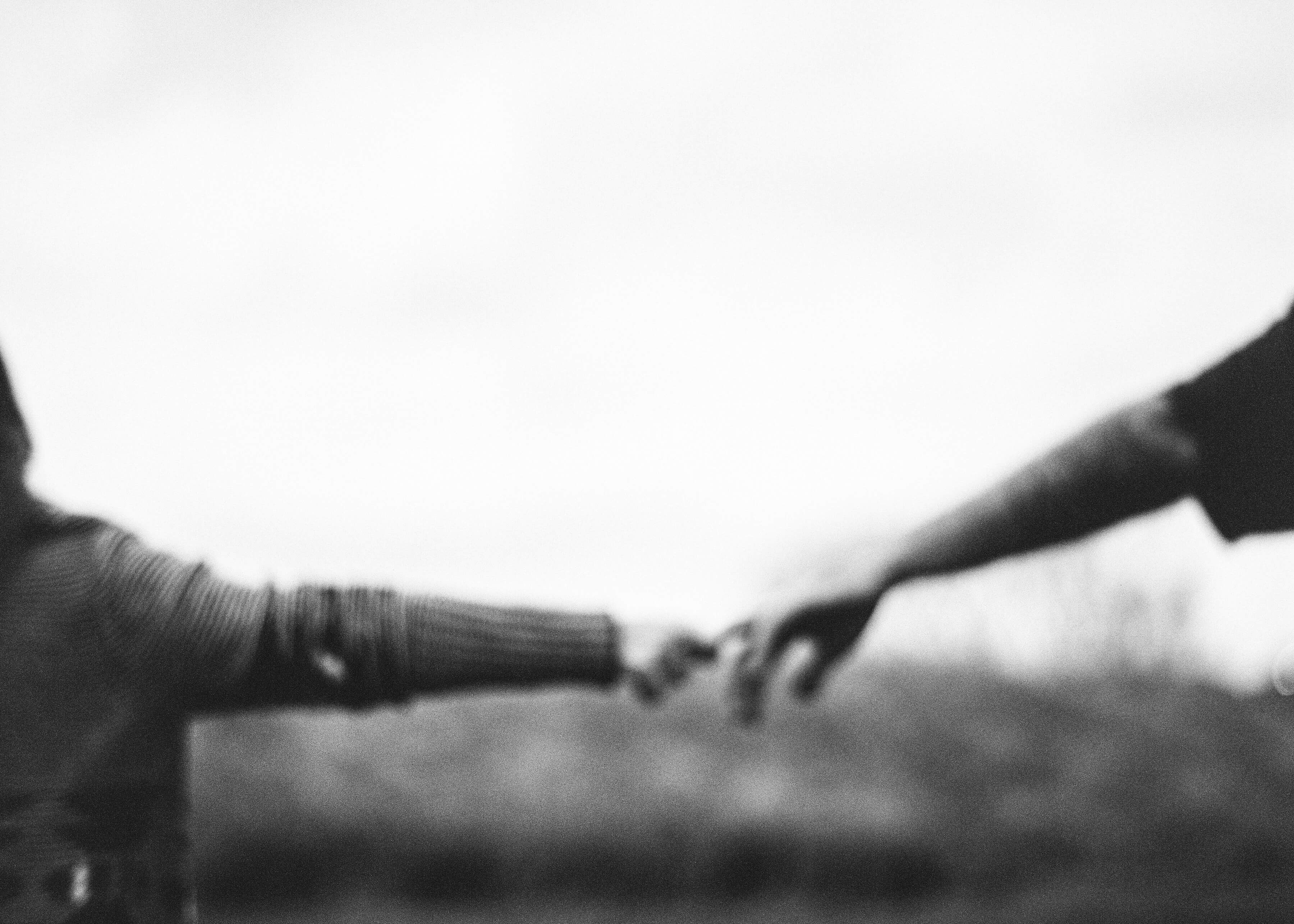
So back to the pictures. These in-betweens are incidentally my favorite to take during golden hour. The blurred lines of an image help illustrate the questions that we all contain. What are we if we aren’t hard lines? How can these bodies hold the whole beautiful and ugly truth of what it means to be not just a family but a human being? Can we still be beautiful if we are unclear, not one thing or the other, but maybe both/and? A blurry photo communicates feeling in a language that perfection never will.
"A blurry photo communicates feeling
in a language that perfection never will."

When I used to teach workshops, I’d tell the story about how for so long I was waiting for someone to give me permission to call myself an artist. I wanted that pat on the head and validation so bad. Then, when I realized no one was going to give me a trophy for being a creative, I was liberated to write my own permission slip. Most of us think we'll never "arrive." We look for success in a finish line that keeps moving further away with every step forward we take. This line isn’t just an illusion for artists. It moves for mothers. For fathers. For the children who grow up and find out that the day they thought they’d have life figured out never comes. Still, there’s beauty to be found in the moving.
And maybe that’s the point.
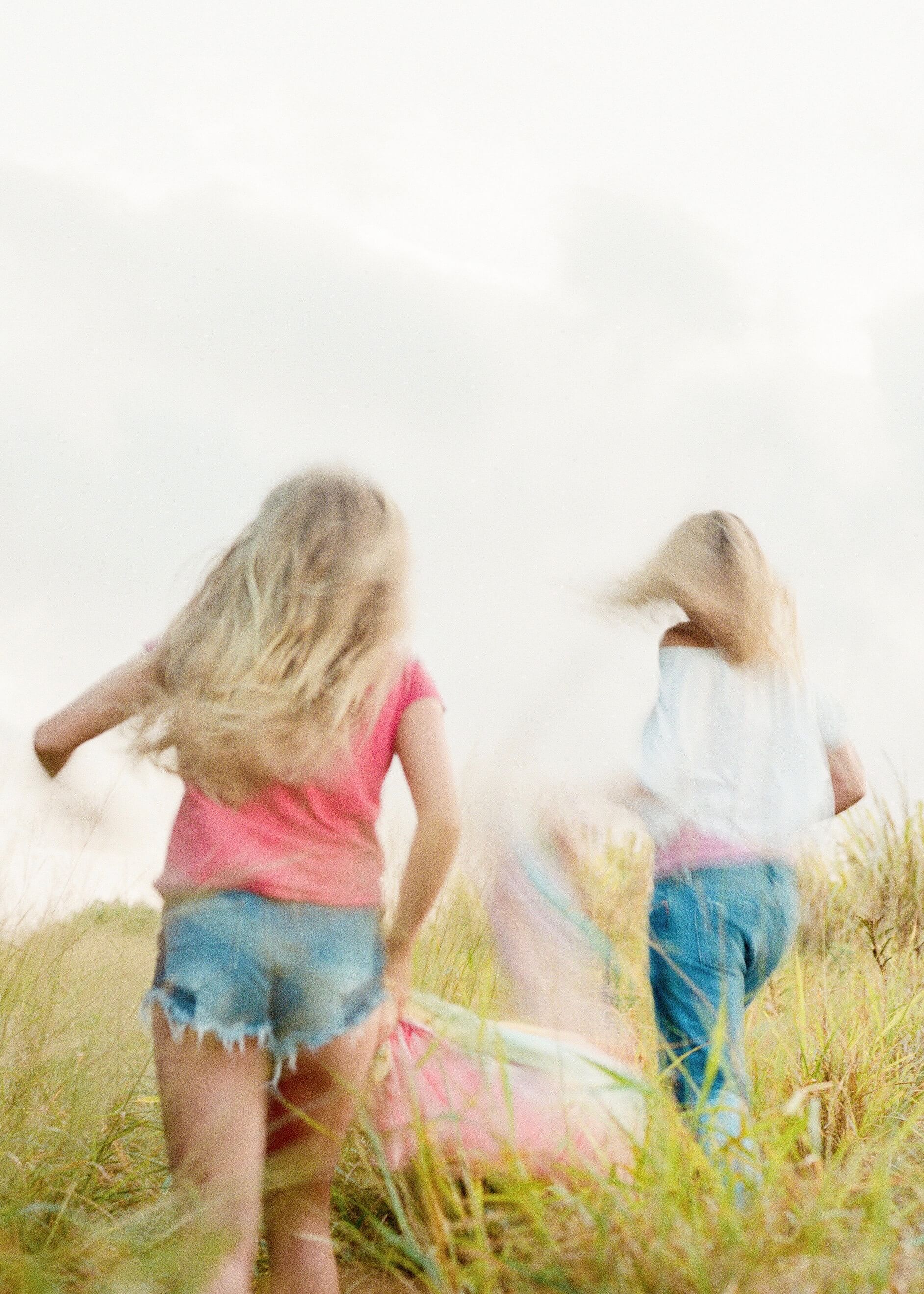
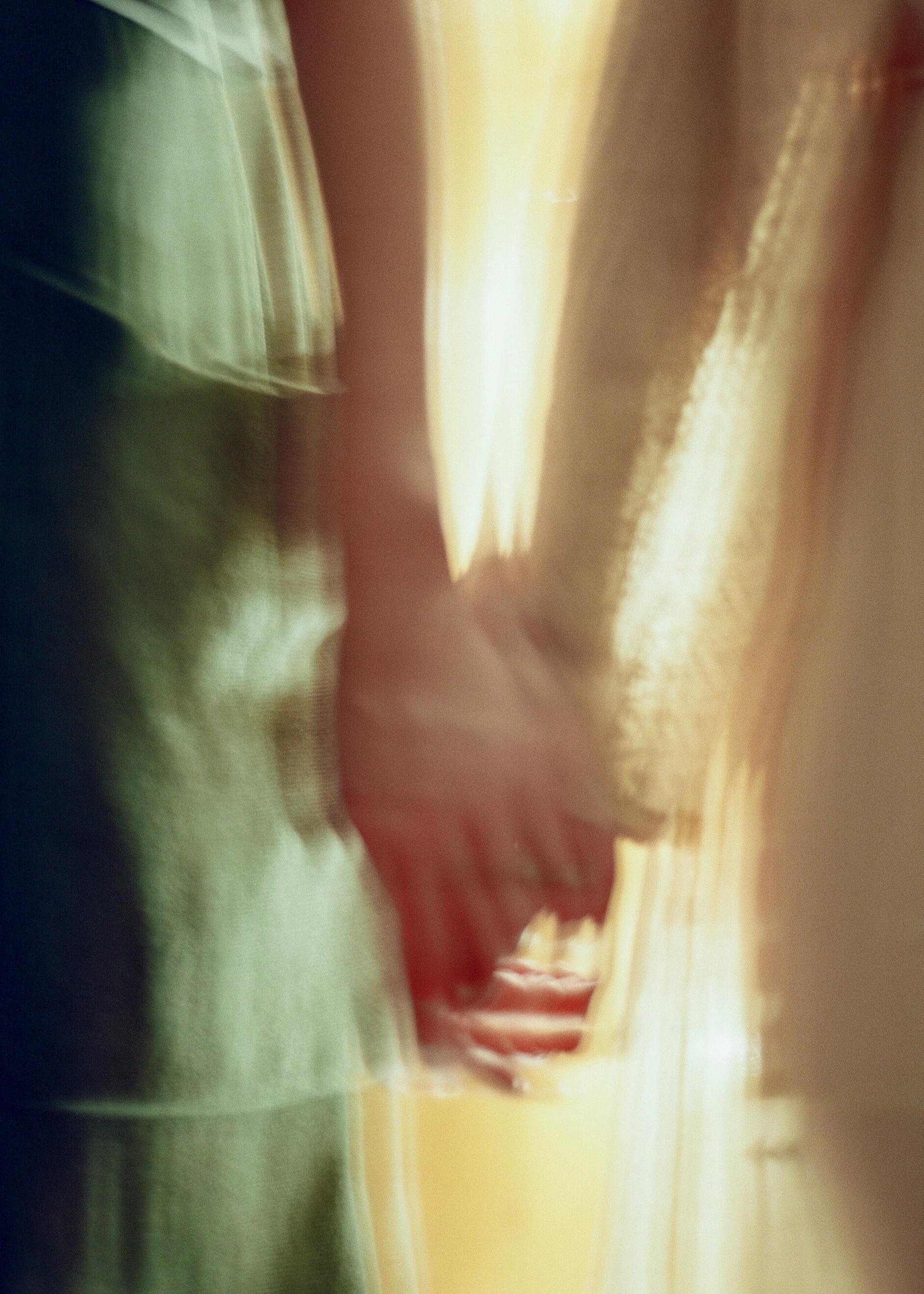
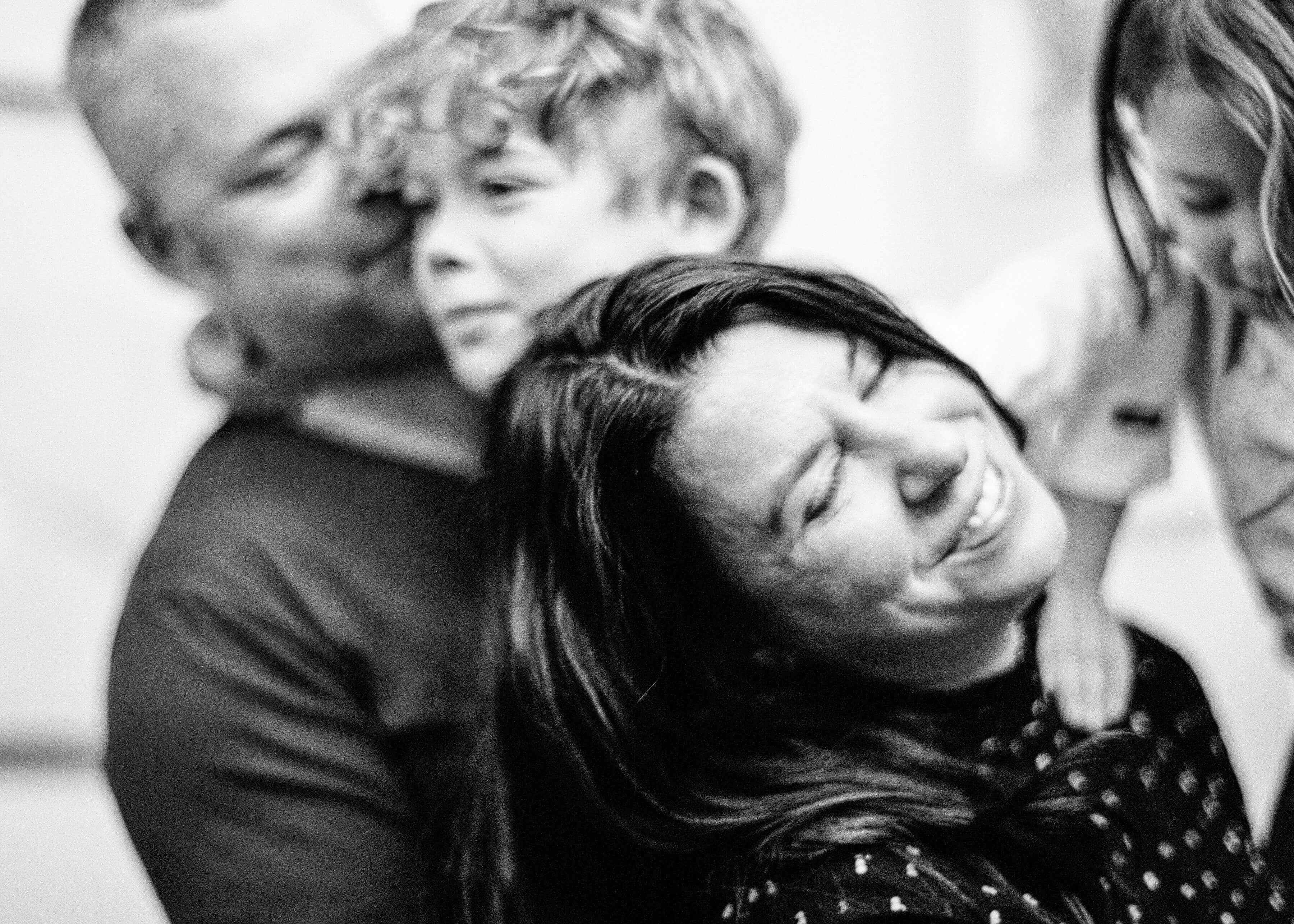
There’s a happiness right here, right now — you just have to say yes to imperfection to let the joy in. And what better way to communicate the illusion of the finish line than with a mirage of truth, an in-between photo?
These photographs come from a place of deep knowing and questioning. And while I don't have all of the answers for the dichotomy of questions they pose, I do know this: I find the tiniest bit of comfort in digging for beauty in the process. Here is a thing that is, is not, and is also becoming. Here is a family. Here is art. Here is love. Here is hurt. And the only constant thread through all of it, is change, the in-between. These photos are not the caterpillar nor the butterfly.
They’re both.

+2.jpg)
.jpg)
